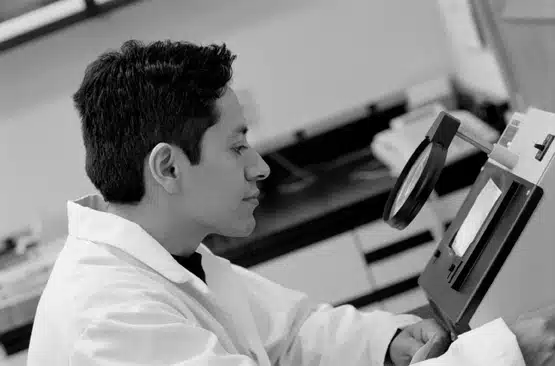A handheld device that can instantly determine whether a suspicious white substance is an illicit drug – or something innocuous like flour – has been developed by Simon Lewis at Deakin University, Geelong.
Currently police send samples of seized substances to forensic laboratories for testing. And a result can take time.
“Using our device, they could have this answer within seconds in the field,” says Dr Lewis, a chemical scientist, at Deakin University.
“Many drugs, including heroin and morphine, emit a bright flash of visible light when they react with particular chemicals. So, we built a device that can perform those reactions and instantly detect the tell-tale flash of light.”
Dr Lewis’ device, known as a Pulsed Flow Chemiluminescence Analyser (PFCA), will undergo testing over the next year with real heroin.
“If the device passes those trials, we can then begin the rigorous scientific and legal testing. That testing is needed before the PFCA can be accepted for use in forensics. The results must be able to stand up in a court of law.”
The PFCA also has medial applications, particularly where rapid screening is needed, such as:
- at-bed kidney function tests
- diagnosis of neurological disorders such as Alzheimer’s disease and autism
The application of this device all hinges on the detection of chemical light, best known for its use in safety lights, fishing floats and children’s novelties.





 Fresh Science is on hold for 2022. We will be back in 2023.
Fresh Science is on hold for 2022. We will be back in 2023.